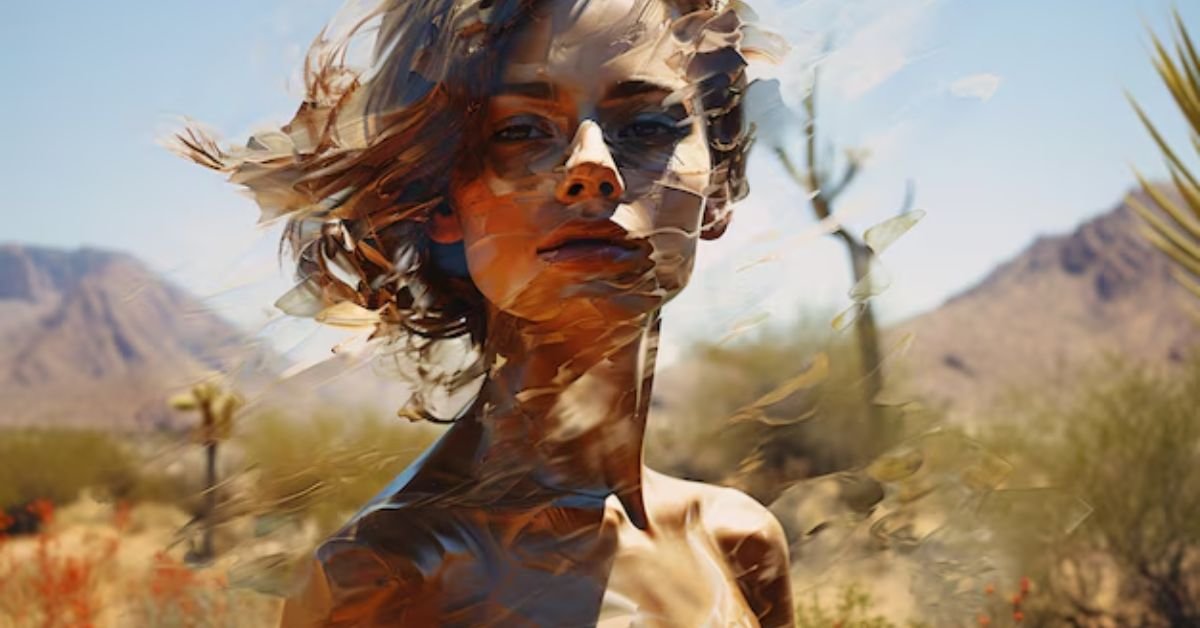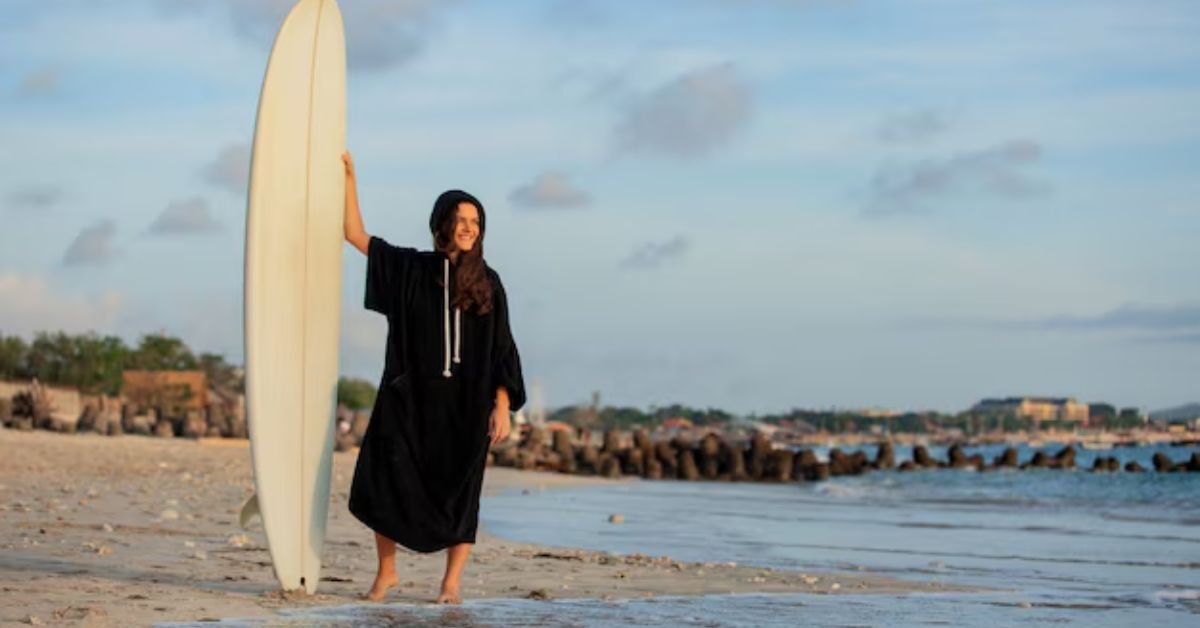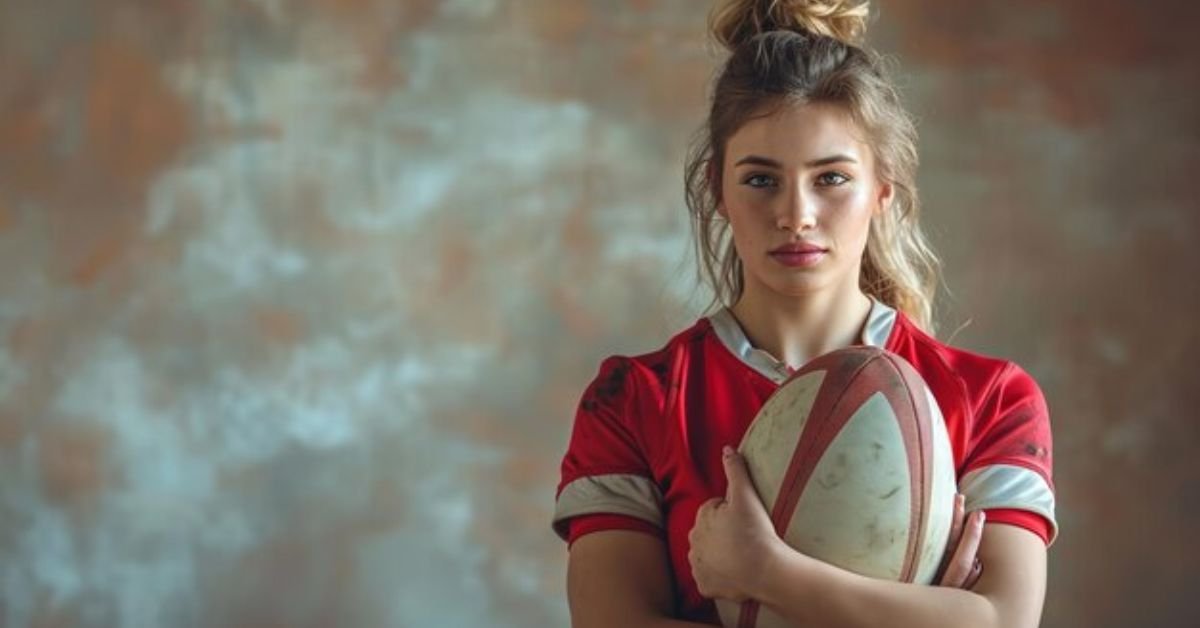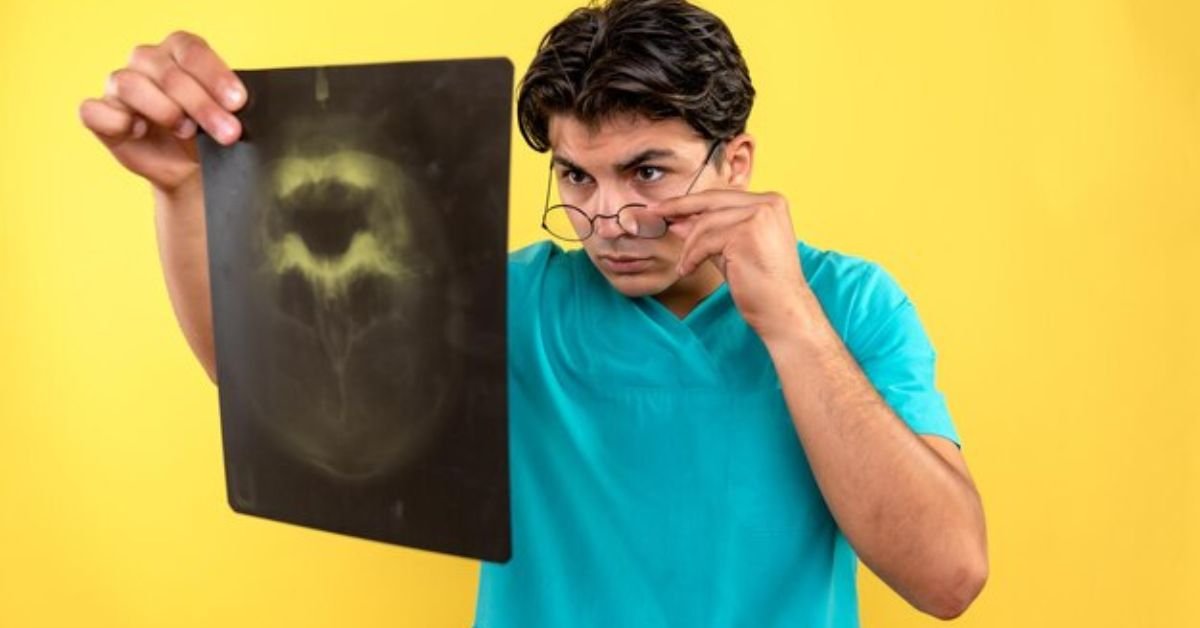Artificial Intelligence (AI) has become a transformative force in multiple creative fields, including digital art. One of the emerging talents in this domain is Damien Riedel, whose AI-generated artwork is drawing attention worldwide. This article explores the unique fusion of technology and creativity that Damien Riedel brings to the table, making his AI art distinct in the rapidly evolving digital art landscape. We will look into his techniques, influences, and the impact of his contributions to contemporary art.
Table of Contents
- Who is Damien Riedel?
- The Evolution of Damien Riedel AI Art
- AI Techniques and Tools Used by Damien Riedel
- Impact of Damien Riedel AI Art on the Digital Art Scene
- Redefining Authorship and Creativity
- Bridging the Gap Between Traditional and Digital Art
- Understanding the Creative Process Behind Damien Riedel AI Art
- From Concept to Creation
- Human Touch in AI Art
- Damien Riedel’s Notable AI Artworks
- Future Prospects: What’s Next for Damien Riedel?
- Conclusion
Who is Damien Riedel?
Damien Riedel is a contemporary digital artist known for his innovative use of artificial intelligence to create visually striking and thought-provoking pieces. Merging traditional artistic values with modern AI technology, Riedel produces work that challenges the boundaries of art and redefines human creativity. His creations delve into themes such as identity, reality, and the intersection of human and machine intelligence, making them more than just visually appealing.
The Evolution of Damien Riedel AI Art
Riedel’s journey into AI art began with his experiments using neural networks and Generative Adversarial Networks (GANs) to produce artwork that mirrors human creativity. His early pieces drew inspiration from classical artists like Van Gogh and Salvador Dalí. By feeding these artistic styles into AI models, Riedel managed to transform classical art forms into futuristic visions, creating a new genre of digital art.
AI Techniques and Tools Used by Damien Riedel
Generative Adversarial Networks (GANs)
GANs are central to Riedel’s creative process. This AI model includes two networks: a generator and a discriminator. The generator creates images, while the discriminator evaluates them for authenticity. This cycle of competition leads to highly refined, realistic images that often have a surreal quality.
DeepDream and Neural Style Transfer
Riedel also uses techniques like DeepDream, a computer vision program that amplifies patterns in images, and Neural Style Transfer, which allows the blending of styles from different images. These methods enable Riedel to experiment with vibrant color palettes and abstract compositions, producing pieces that are both familiar and otherworldly.
Text-to-Image Models
In recent years, Riedel has incorporated text-to-image models such as DALL-E, which can generate complex visual outputs based on textual descriptions. This approach allows him to create art that is grounded in both visual and conceptual ideas, pushing the limits of what can be defined as art.
Impact of Damien Riedel AI Art on the Digital Art Scene
Damien Riedel’s work has significantly influenced the digital art world. His creations have been showcased in international exhibitions, and he has collaborated with tech giants like Google and NVIDIA to explore new dimensions of AI in creative expression. Riedel’s art is also a commentary on the role of technology in society, examining themes like autonomy, authorship, and the future of creativity in an increasingly machine-driven world.
Redefining Authorship and Creativity
One central theme in Riedel’s work is the question of authorship. When an AI model creates a masterpiece, who deserves the credit—the artist or the machine? Riedel addresses this issue by infusing his artistic vision into every step of the AI process. He not only programs the AI but also curates and refines the outputs, ensuring that each piece reflects his personal style and thematic focus.
Bridging the Gap Between Traditional and Digital Art
Unlike many digital artists, Damien Riedel aims to merge traditional and digital art. His works often reference classical techniques while utilizing cutting-edge AI technology. This blend of old and new appeals to both enthusiasts of classical art and fans of contemporary digital media. Riedel’s ability to fuse these worlds makes his work accessible to a wide audience.
Understanding the Creative Process Behind Damien Riedel AI Art
Creating AI-generated art involves a complex, iterative process. For Riedel, the journey begins with selecting a theme or idea. He then trains his AI models using thousands of reference images, refining the output through multiple stages to align with his creative vision.
From Concept to Creation
Riedel’s artistic process typically starts with a concept, such as a theme, emotion, or visual style he wishes to explore. He uses neural networks to produce initial sketches, which are enhanced using GANs to add depth, texture, and color. After several iterations, Riedel chooses the most captivating pieces and fine-tunes them using both manual and AI-assisted techniques.
Human Touch in AI Art
Despite relying heavily on AI, Riedel remains deeply involved in the creative process. He adjusts algorithmic parameters, tweaks color schemes, and manually intervenes at various stages to maintain a human touch. This hybrid approach makes his work a true collaboration between man and machine.
Damien Riedel’s Notable AI Artworks
Some of Riedel’s most notable pieces include:
- “Algorithmic Dreams” – A series that delves into the subconscious mind of a neural network, presenting abstract landscapes and surreal scenes.
- “Digital Renaissance” – This work combines elements of classical Renaissance art with AI-generated patterns, creating a unique blend of old and new.
- “Machine Autonomy” – A piece exploring the potential of AI to operate independently, featuring artworks created entirely by an AI model trained by Riedel.
Each of these pieces has been praised for its technical intricacy and emotional depth, cementing Damien Riedel’s position as a leader in AI art.
Future Prospects: What’s Next for Damien Riedel?
The future looks bright for Damien Riedel as he continues to push the boundaries of AI-generated art. He is currently working on integrating AI-generated music and poetry into his visual creations, aiming to create a multi-sensory experience that redefines art. With his forward-thinking approach, Riedel is likely to remain a key figure in the AI art movement for years to come.
Conclusion
Damien Riedel AI art represents a revolutionary blend of technology and creativity in the digital age. His ability to merge classical techniques with modern AI tools has set a new standard in the art world, making his work both timeless and innovative. As AI continues to advance, artists like Riedel are expanding the possibilities of creativity, challenging traditional notions of what art can be.





